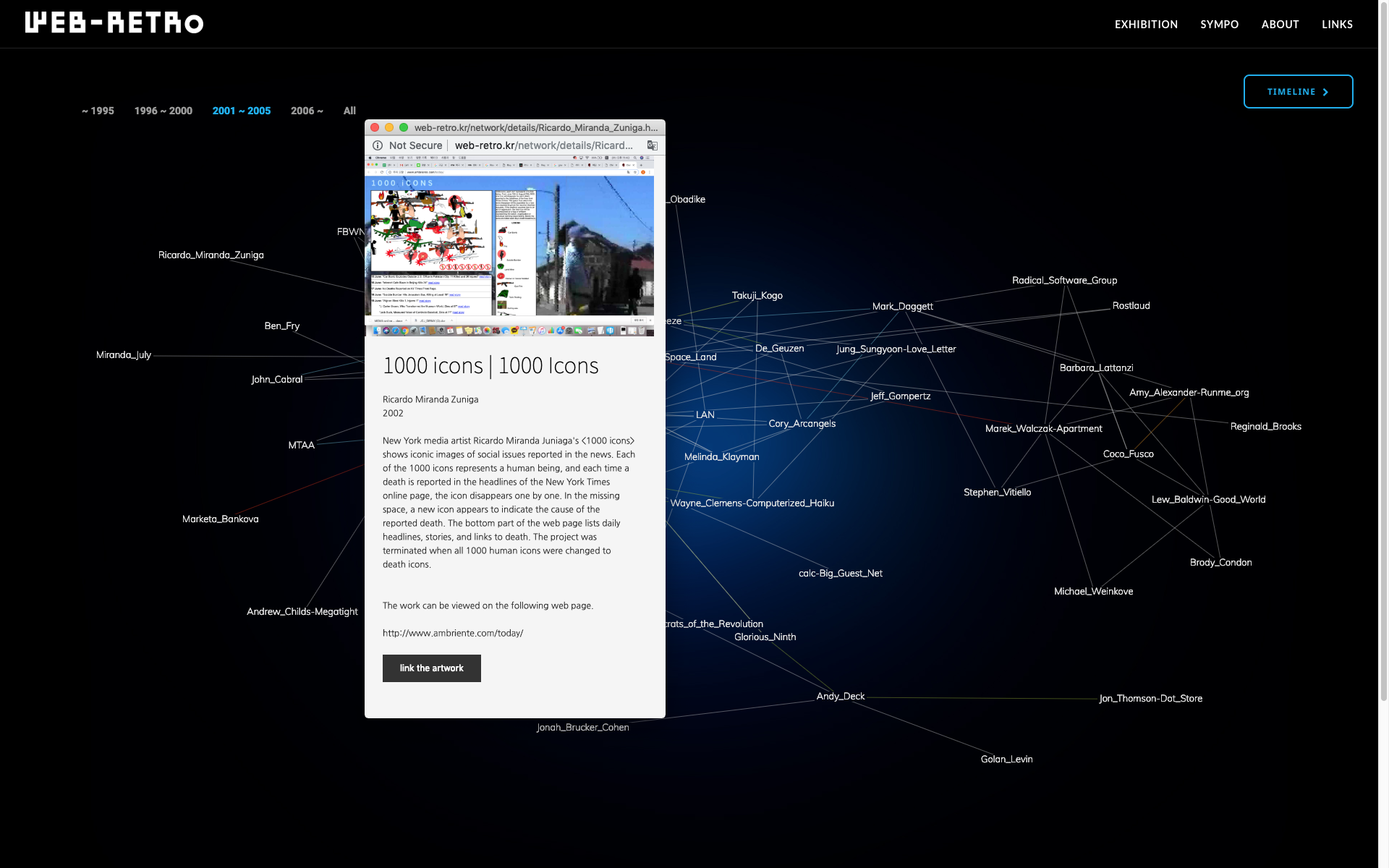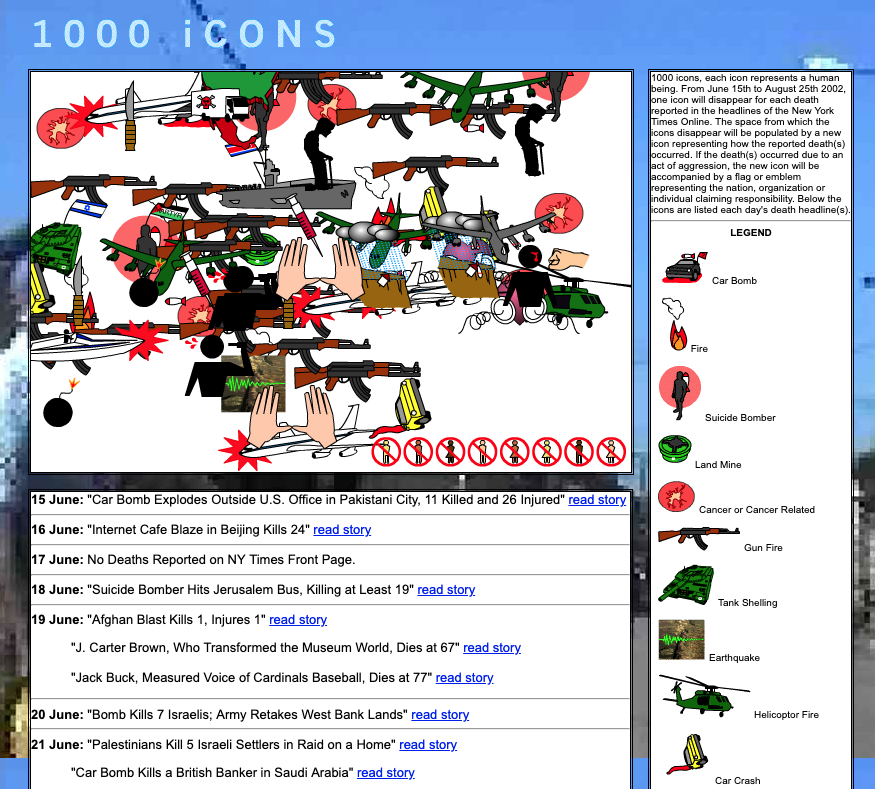Archive for March, 2019
Nicaraguan LGBTQ Community
I recently read the essay “Tacit Subjects” by Carlos Ulises Decena in which the author interviews several homosexual individuals from the Dominican Republic. Decena focuses on the coming out or not of gay Dominican men to their families. Amongst the subjects interviewed for the essay, their homosexuality is unspoken but recognized by their family members, hence the title “Tacit Subjects.”
Upon reading the essay, I was immediately transported to the awe that I felt in 1995 upon witnessing my first Torovenado in Masaya, Nicaragua. Throughout my life I had only visited Nicaragua during the summer and I had enjoyed the initial celebrations of the three month festivities for San Jeronimo, the patron saint of my mom’s hometown – Masaya. El Torovenado – a satirical procession occurs at the end of the celebrations – the final Sunday of October. In 1995, I moved to Nicaragua for an extended period and the uncle with whom I was living, invited to take me to El Torovenado. Mi Tio Jorge enjoys a good party and is not particularly religious, so I was a little surprised that he’d want to go to the culmination of a saint’s festivities. However, I noted a mischievous spark in his eye and I agreed to join him on the 20 minute drive to Masaya.
I was dumbfounded upon seeing a giant gay parade in my mom’s hometown. It was as if the San Francisco Castro that I grew up with had transported itself to Masaya. There, before me, was the Lion’s Club (El Club de Leones) Queen – queen of the parade – a proper queen, entirely in beautiful drag. Everywhere I looked the rainbow flag was flying high. I think my uncle truly enjoyed at how speechless I was.
The culmination of this Catholic festivity had been co-opted by the gay community and everyone appeared to be fine with it. Since El Torovenado is a satirical procession in which people are allowed to mock anything and everyone – from historical figures to the most powerful political figures, in retrospect, it makes sense that the gay community took over this particular day of celebration; after all it’s a day of freedom, when social norms are discarded. El Torovenado is alternately called La Parada de los Cochones.
I feel that Nicaragua has always been more accepting of its gay community than other Latin American countries and I think that the 1979 victory of the Sandinistas allowed greater freedom for the LGBTQ communities through the 80s. The Torovenado allows the large numbers of the gay community to gather and party. Here is a 5 minute video documentation of the 2017 Torovenado (before the current Ortegista repression and militarization of the country):
In relation to the gay Dominicans featured in “Tacit Subjects,” these are people (primarily men) who are out and proud and the public persona that they present particularly in a festive procession may be very different than who they are with their family. Perhaps the acceptance of the gay community in Nicaragua allows young people to come out and discuss sexuality more openly than in the DR and it is not such a tacit subject. However, macho culture exists as in the rest of Latin America and I would not be surprised if a large portion of this community is alienated from their birth families and have constructed or adopted new families based on their sexuality.
There is an interesting book that I’ve only read passages from that goes in depth regarding the gay community following the Sandinista revolution – Intimate Activism: The Struggle for Sexual Rights in Postrevolutionary Nicaragua by Cymene Howe. The book discusses El Torovenado:
according to Erick Blandon, the Torovenado is a ‘moment of escape from oppressive heterosexual masculinity and a dialogic engagement between different sexual subjects where homoeroticism becomes the center of attention for both homosexuals and heterosexuals.’ While transvestics are not the quotidian norm in Nicaragua, it is clear that the country has had a public and symbolic space for these kinds of gendered performances.
Howe, Cymene, Intimate Activism: The Struggle for Sexual Rights in Postrevolutionary Nicaragua, Duke University Press, 2013
With the current violence and repression by the Ortega dictatorship, I wonder how the LGBTQ community is doing. Have they become a tacit community? Are they remaining in-doors as does the majority of the population come nightfall? The LGBTQ Nicaraguan population has largely thrived due to the safety and acceptance of the country, but with assassins trolling the streets, freedom and expressiveness may no longer be available. It is so sad that the military leaders will allow a single couple – Ortega and Murillo hold an entire country hostage and have destroyed the legacy of a popular revolution.
1000 icons Featured in Web-Retro

On the 30th birthday of the World Wide Web, the Seoul Museum of Contemporary Art launched WEB-RETRO, an “exhibition focuses on the World Wide Web, which has been fundamentally reconditioning communication, image production, consumption and artistic practice for the last 30 years, and revises the new arts that have been tried through the net historically.”
Included in the exhibition is the net.art visualization 1000 icons. From June 15th to August 25th 2002, one human icon (of a thousand) disappeared for each death reported in the headlines of the New York Times Online. The human icon was replaced by a new icon representing how the reported death(s) occurred. Upon consuming the NY Times headlines, I would illustrate an icon based on any deaths covered amongst the top headlines. If the death(s) occurred due to an act of aggression, the new icon was accompanied by a flag or emblem representing the nation or organization claiming responsibility. Below the icons are listed each day’s death NY Times headline(s). This project came about due to the Second Intifada – an intensified period of Israeli-Palestinian violence and the citing of daily death in news headlines.
